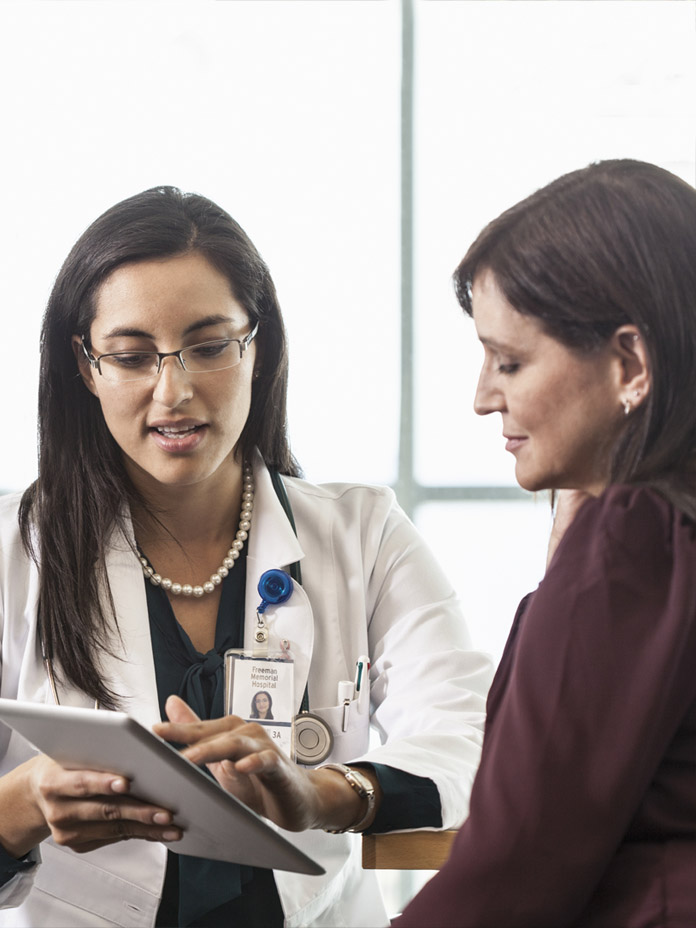Links to various Aetna Better Health and non-Aetna Better Health sites are provided for your convenience. Aetna Better Health is not responsible or liable for non-Aetna Better Health content accuracy or privacy practices of linked sites or for products or services described on these sites.
What is premenstrual syndrome?
Premenstrual syndrome (PMS) is a group of symptoms that you get in the days leading up to the start of your period each month. The symptoms are often both mental and physical. They normally get better during the first couple days of your period. For some, PMS can be severe enough to keep them from going to work or school.
PMS symptoms

PMS symptoms
Common physical symptoms include:
Cramps in your lower belly
Breast swelling and tenderness
Low back pain
Bloating or gas
Lack of energy
Headaches
Food cravings, especially for sweet or salty foods
Common mood or behavior symptoms include:
Feeling sad or depressed
Anger and irritability
Anxiety
Mood swings
Trouble concentrating
Withdrawal from family and friends
If your PMS symptoms seem extreme, you may have something called premenstrual dysphoric disorder (PMDD). This can keep you from functioning when you are premenstrual. Talk to your doctor to learn about treatments for PMDD.
Learn more about PMDD
The hormones levels in your body change throughout the month along with your menstrual cycle. Certain hormones signal your uterus to shed its lining each month if you are not pregnant. This is what causes cramps and bleeding. These rapidly changing hormone levels can also cause symptoms like bloating, breast soreness, headaches, and cravings. Certain chemicals in your brain (called neurotransmitters) can also change along with your cycle. This may cause premenstrual symptoms like changes in mood.
Your doctor might recommend non-steroidal anti-inflammatory drugs (NSAIDs) for premenstrual pain. This includes medications like ibuprofen and naproxen. You can get these at the drugstore without a prescription.
If your symptoms are more severe, your doctor might talk to you about a prescription for:
Birth control medication
Antidepressant medication
Self-care for PMS
Self-care for PMS
There are things you can do on your own to cope with your symptoms. These include:
Use a heating pad for cramps or back pain
Lie in certain positions to ease soreness (bent knees can help back pain)
Keep a diary of symptoms to find patterns and share with your doctor
Wear a more supportive bra for breast tenderness
Healthy lifestyle changes often help with PMS. Different lifestyle changes work for different women. You can try these healthy habits and see what works for you.
Get more exercise
Cut back on caffeine and alcohol
Eat healthier foods
Lower your stress

Want to know more about PMS? Here are some resources:
Office on Women’s Health, US Department of Health & Human Services
American College of Obstetricians and Gynecologists
.jpg)

